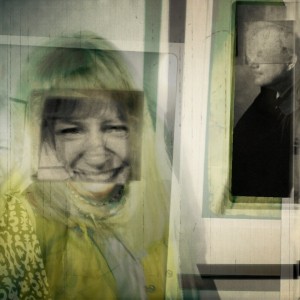When I was about 18 I took my first painting class. We would go out into the arroyo and paint the cottonwoods. I found it tedious and boring and would head back to my tiny room, set up a canvas and paint it again from my “memory” producing more abstract and expressionistic pieces. I very simplistically wondered why I would want to paint a scene that we can see for ourselves so easily. I then studied photography, learning to produce the “single” image. Even then I would blur images or shoot from strange angles, never wanting to present a situation in an obvious way. If an image doesn’t make you want to look and look again, then why take it. Over the next 40 years, I studied all forms of photography and art.
On a recent visit to Jackson Fine Art Gallery in Atlanta, I saw an exhibit by Sally Mann. Her work is extremely important and she is probably one of the best contemporary artists of our time. She says “If the picture doesn’t have ambiguity, don’t bother to take it…It has got to have some peculiarity in it or it’s not interesting to me.” She describes this as the “mendacity” in her photographs, which for her is essential and by “mendacity”, she doesn’t mean false perception. She suggests the best photographs cannot be deciphered, easily interpreted, or fully explained. They are catalysts for the viewer’s imagination. They evoke rather than direct and provoke rather than lead. Her process using collodion wet-plate negatives and her subject matter has evoked this ambiguity in her recent exhibit “Proud Flesh”.

